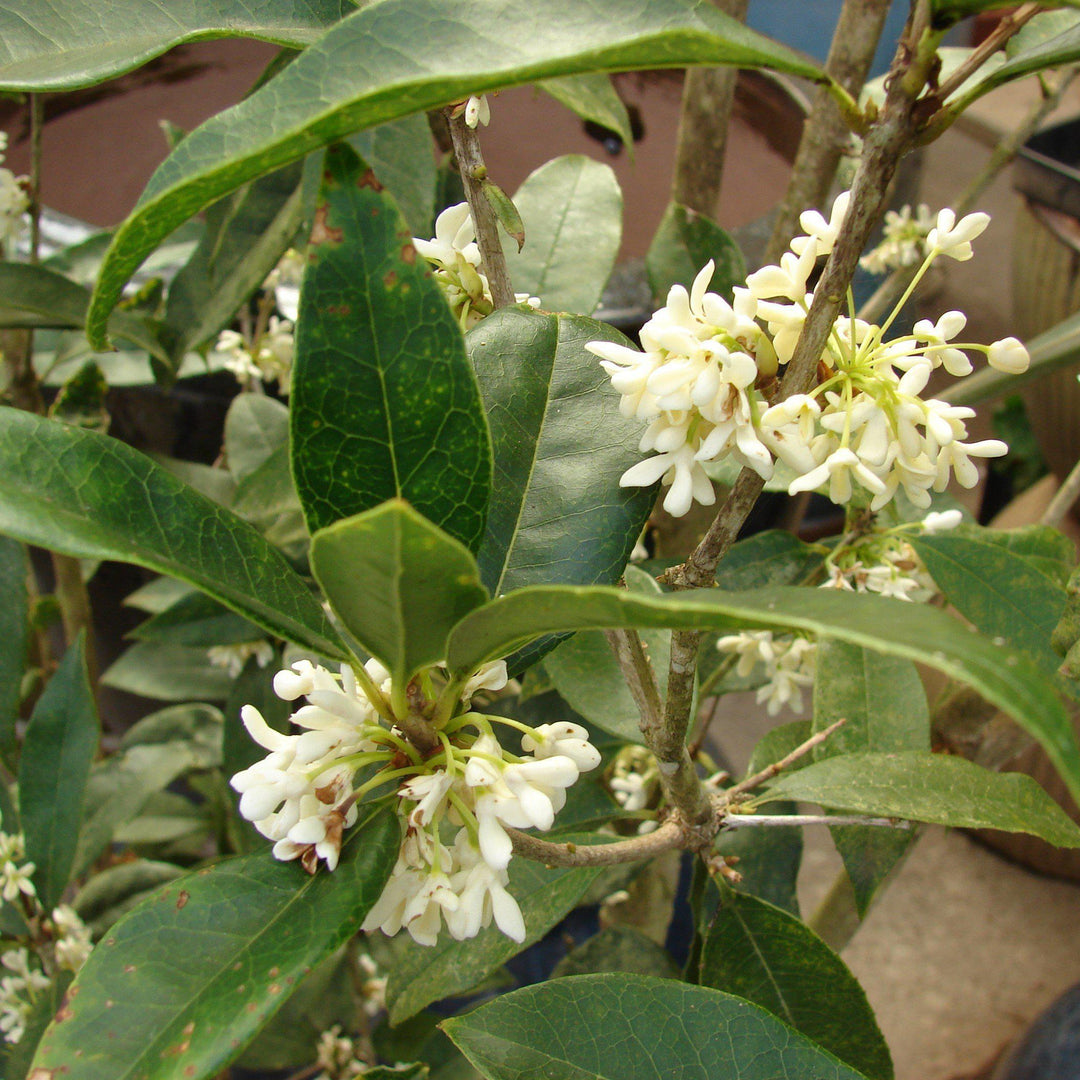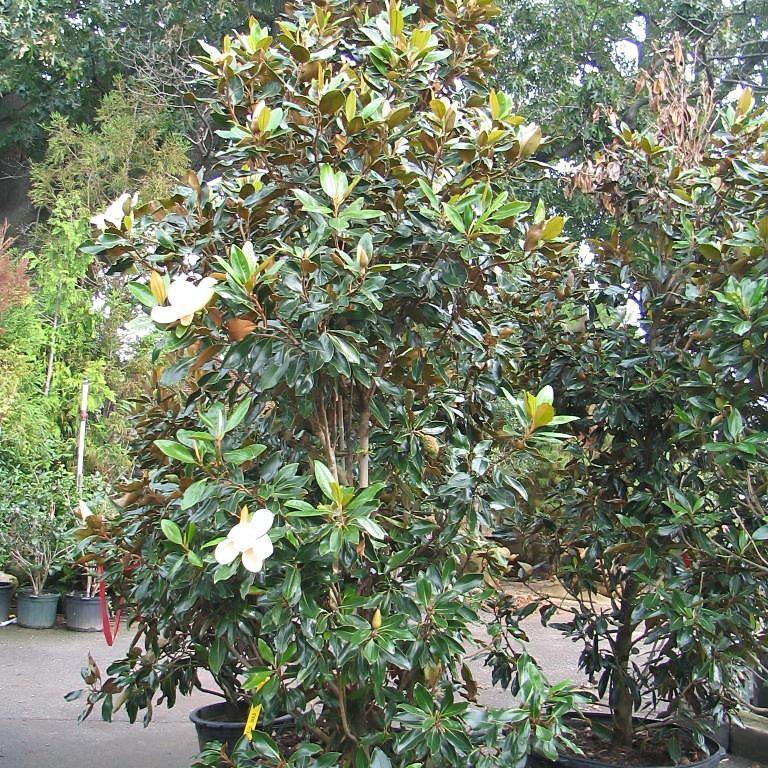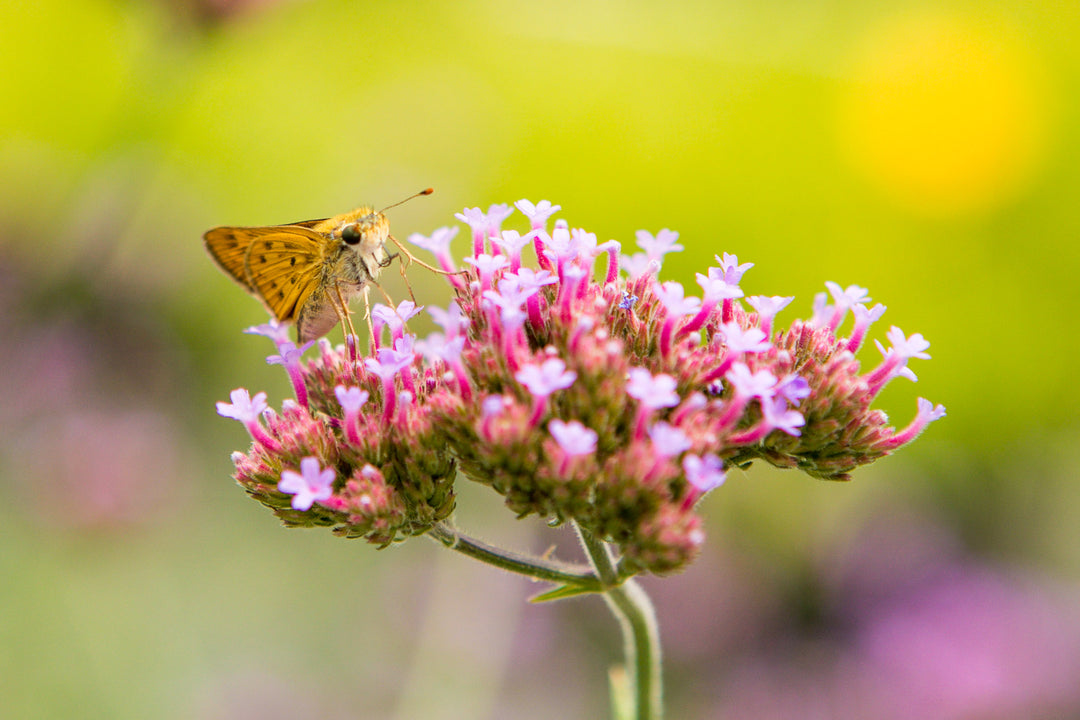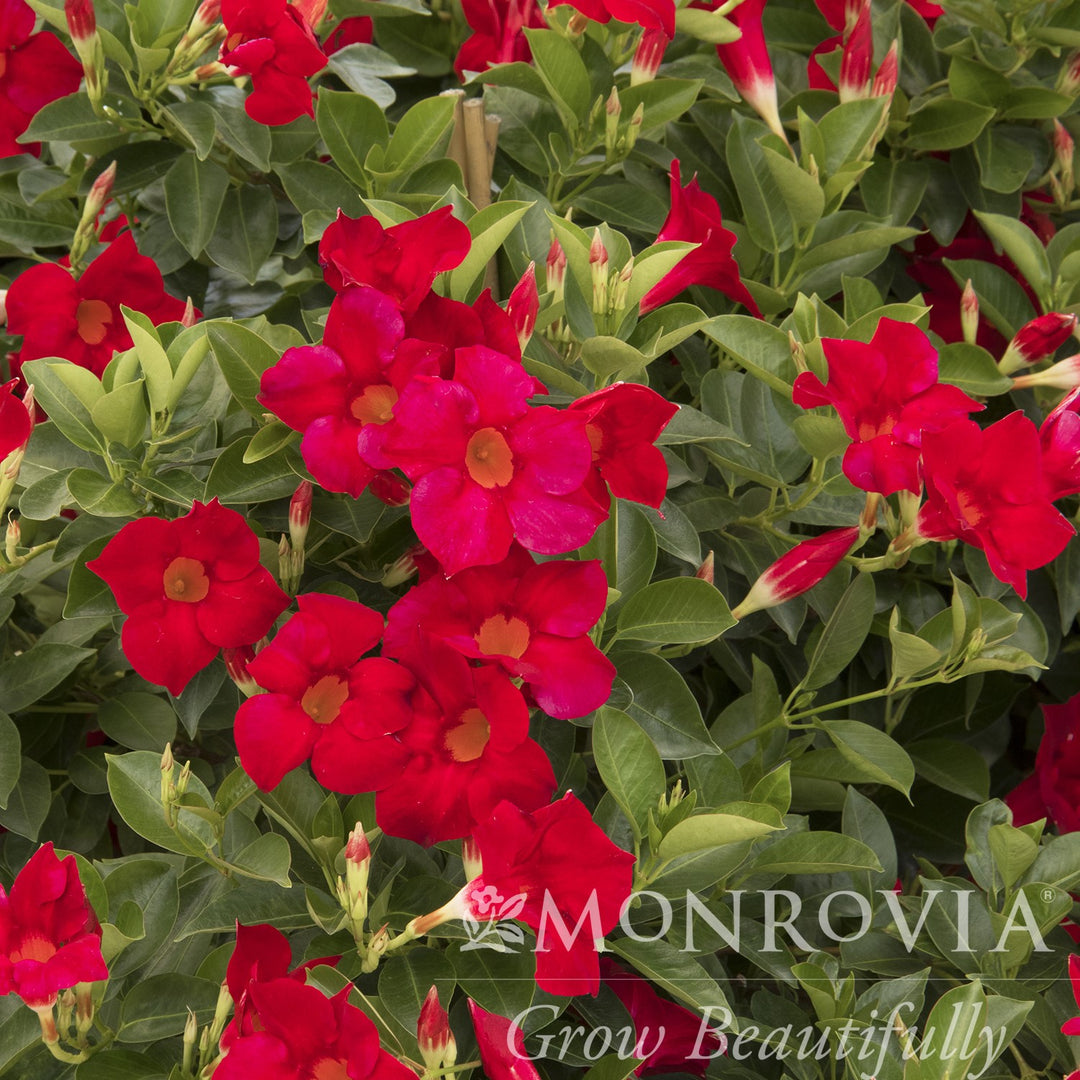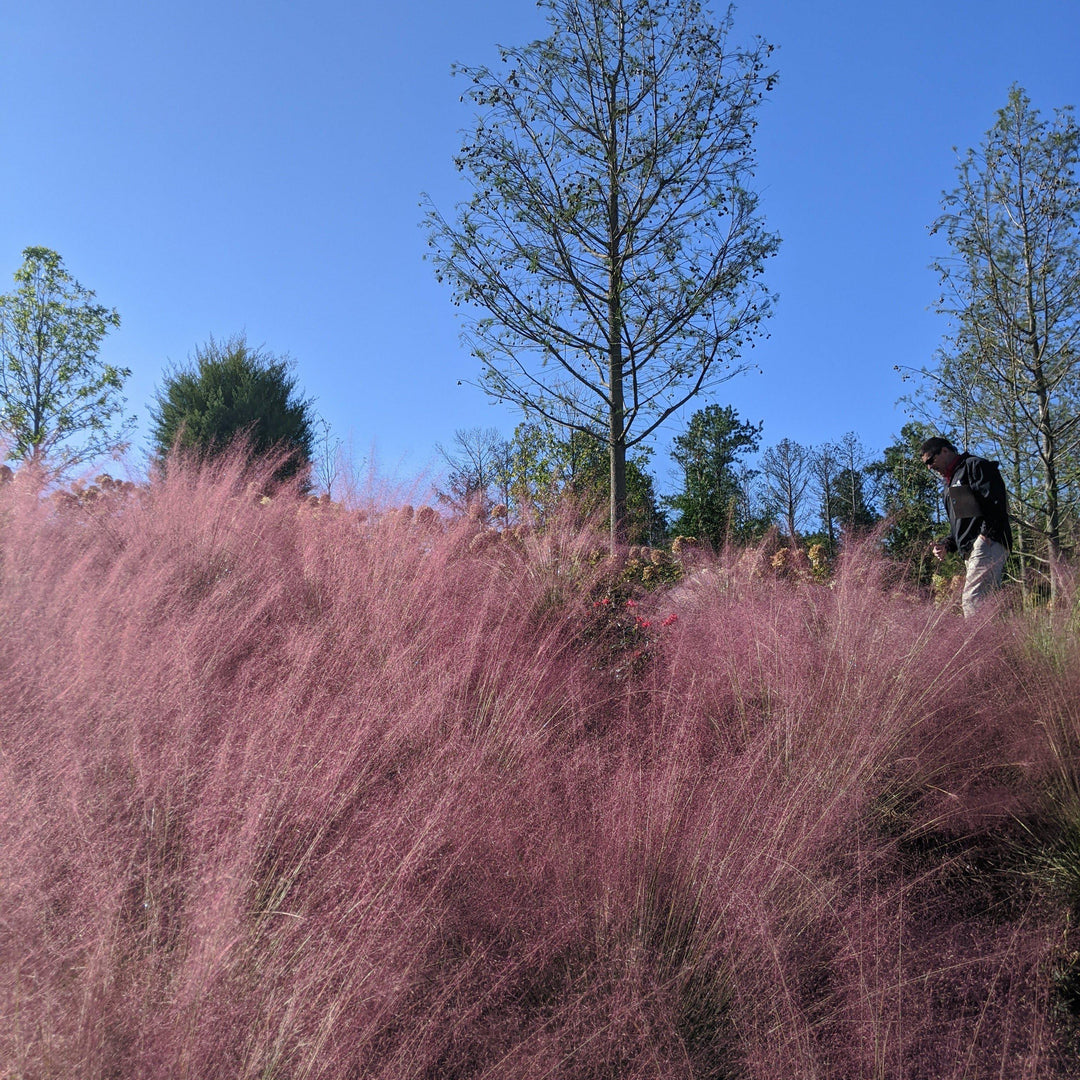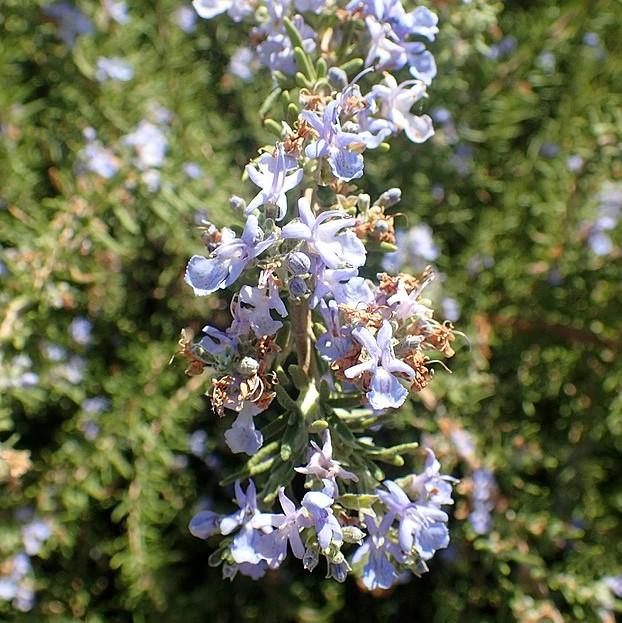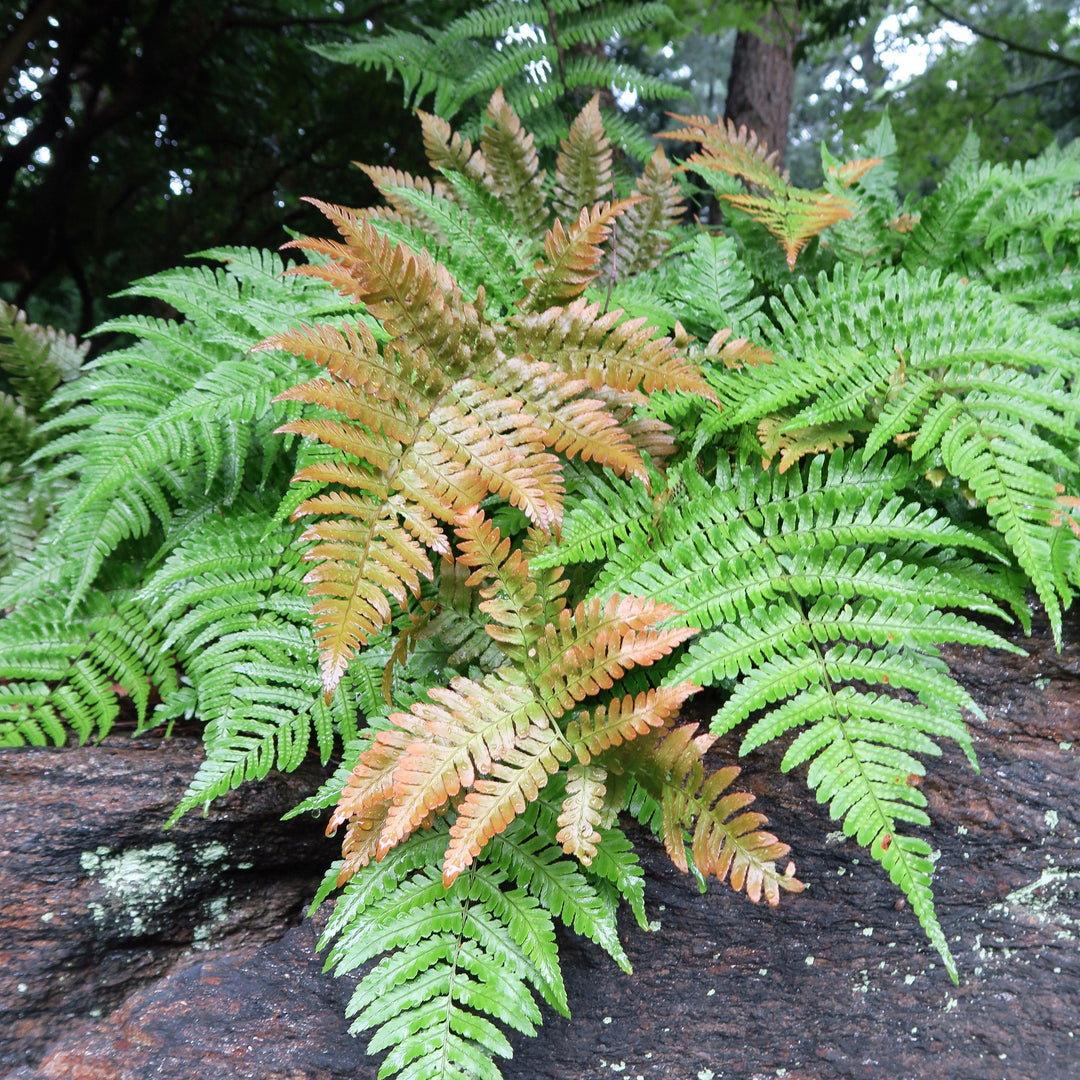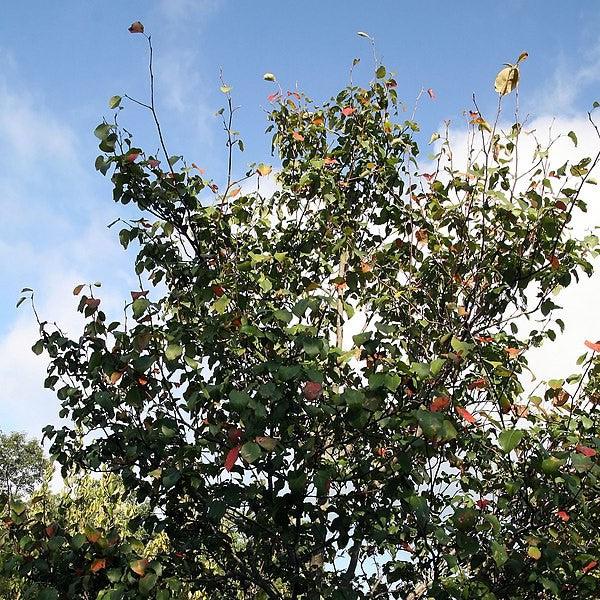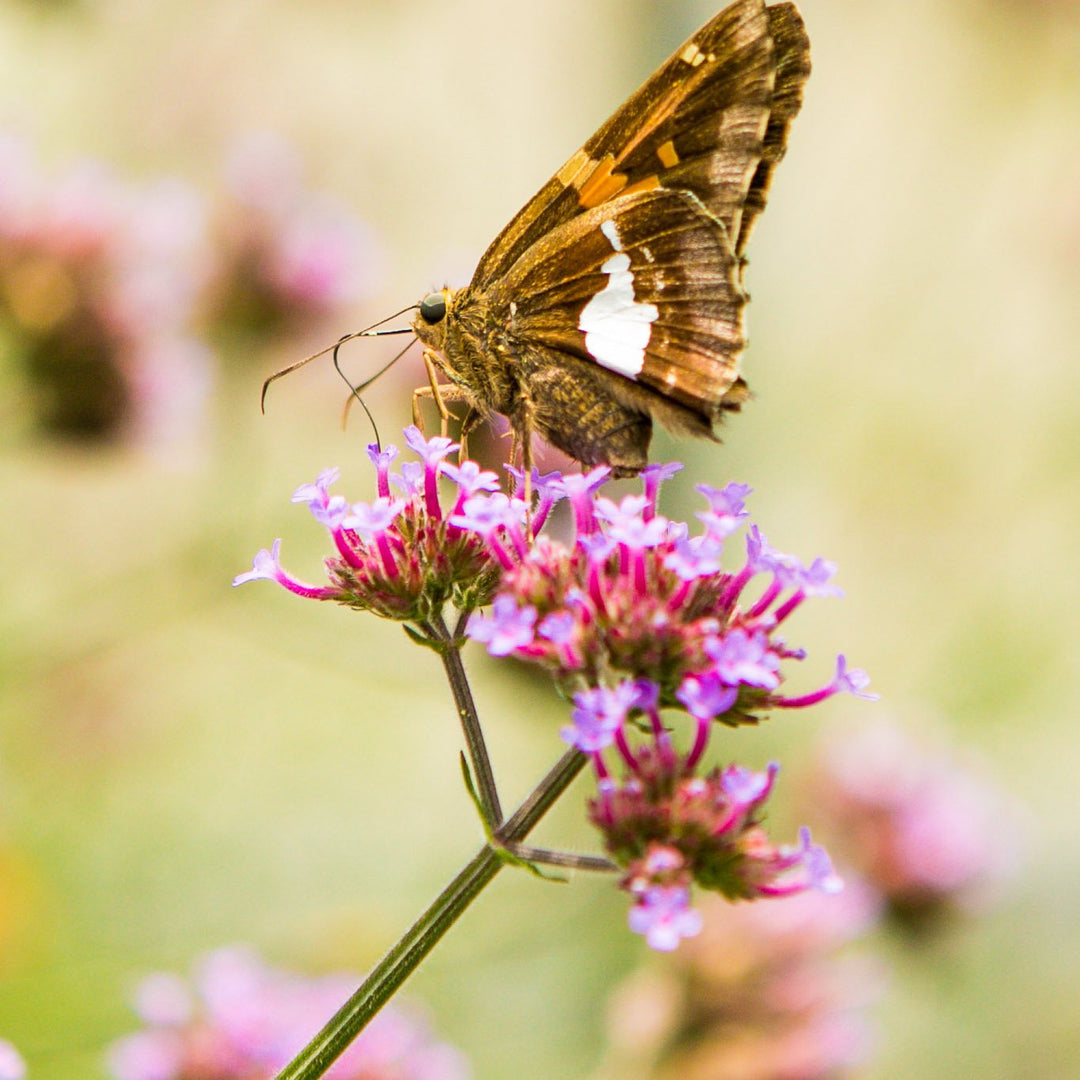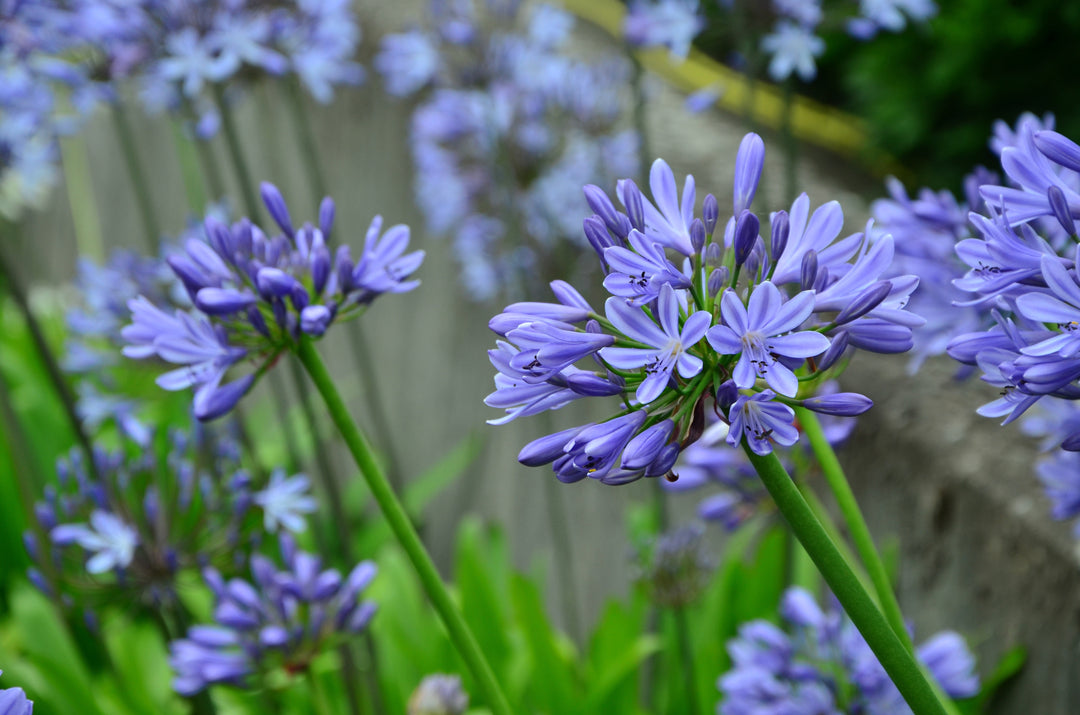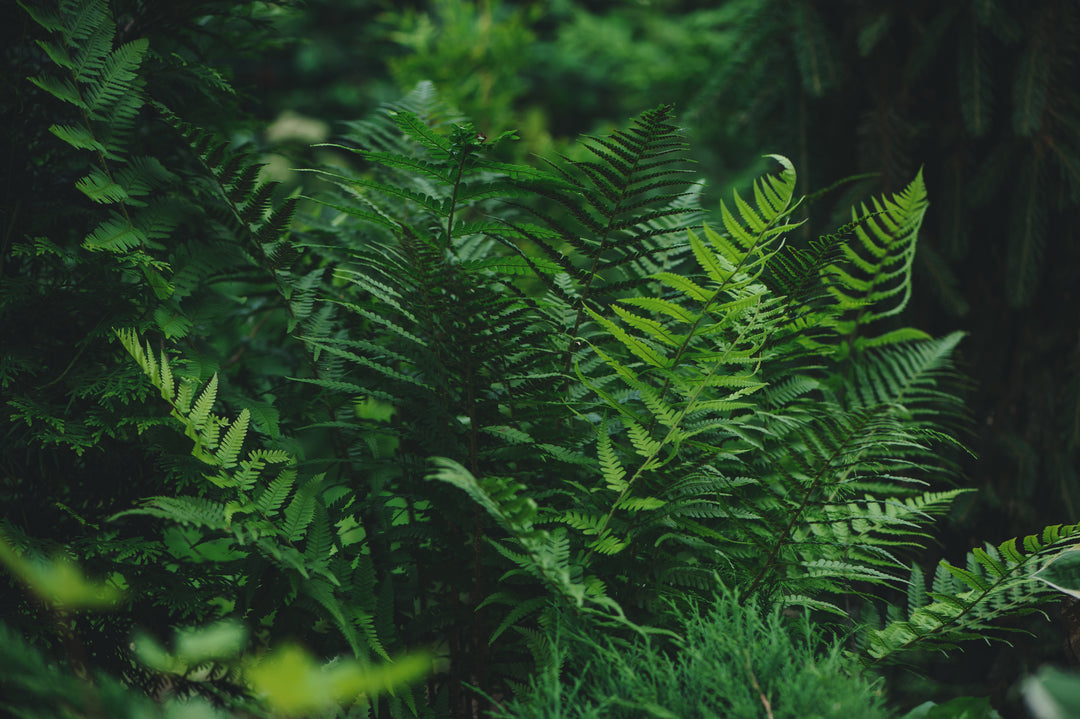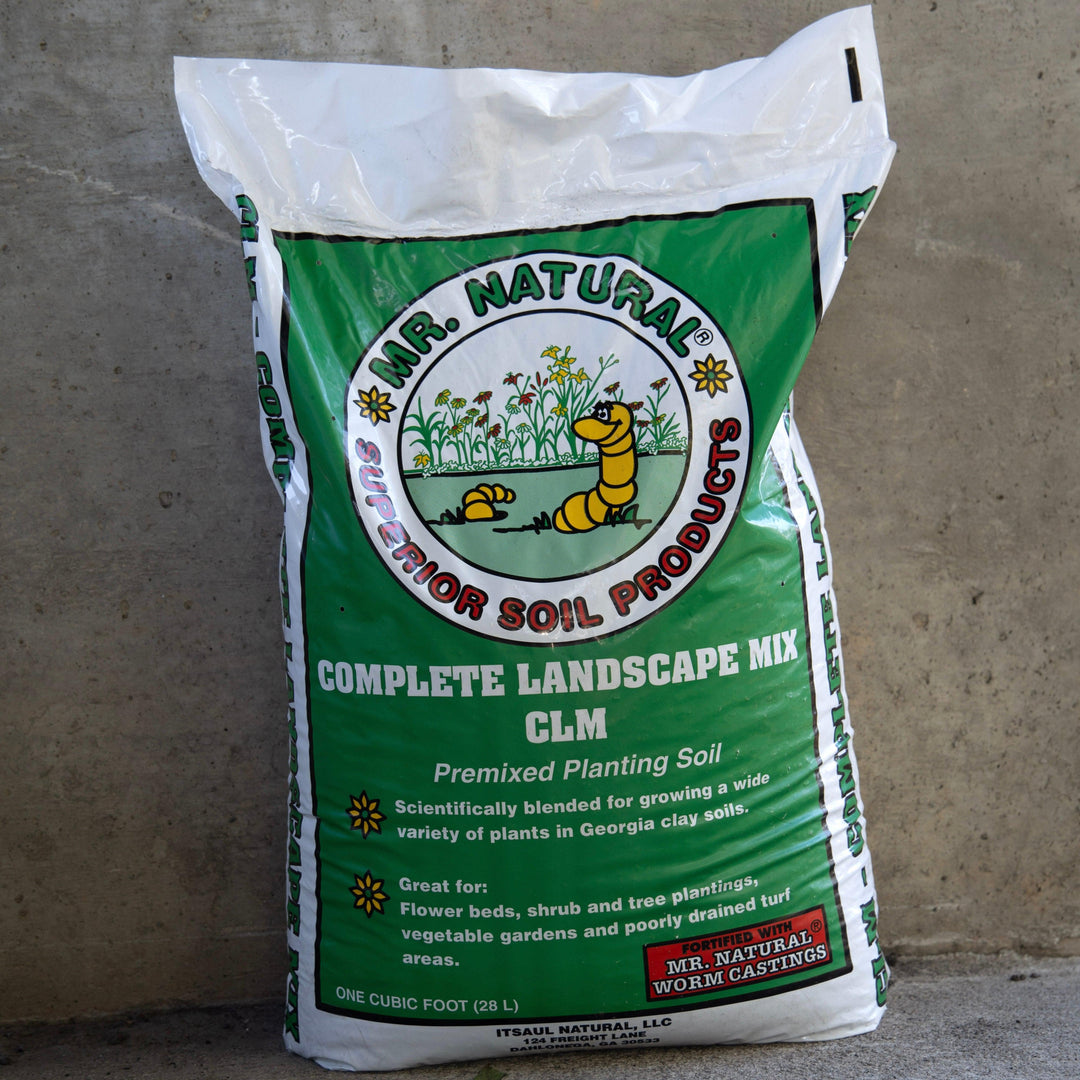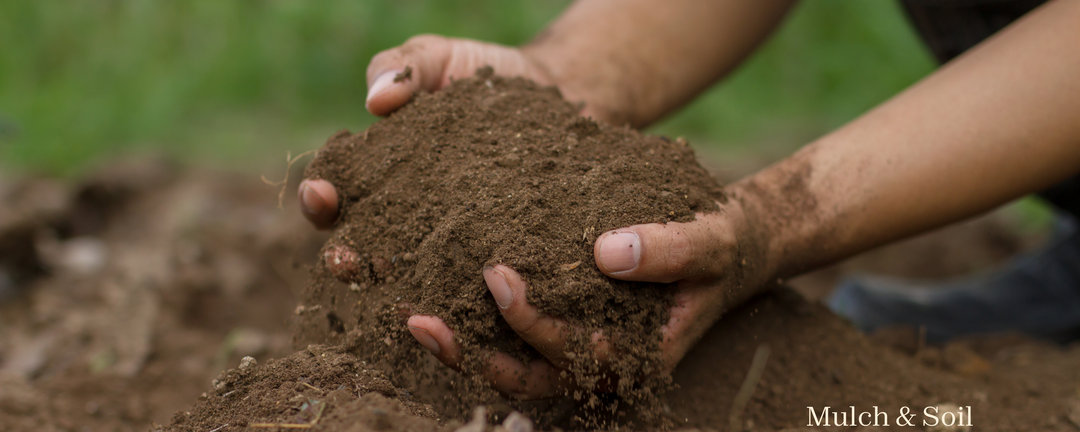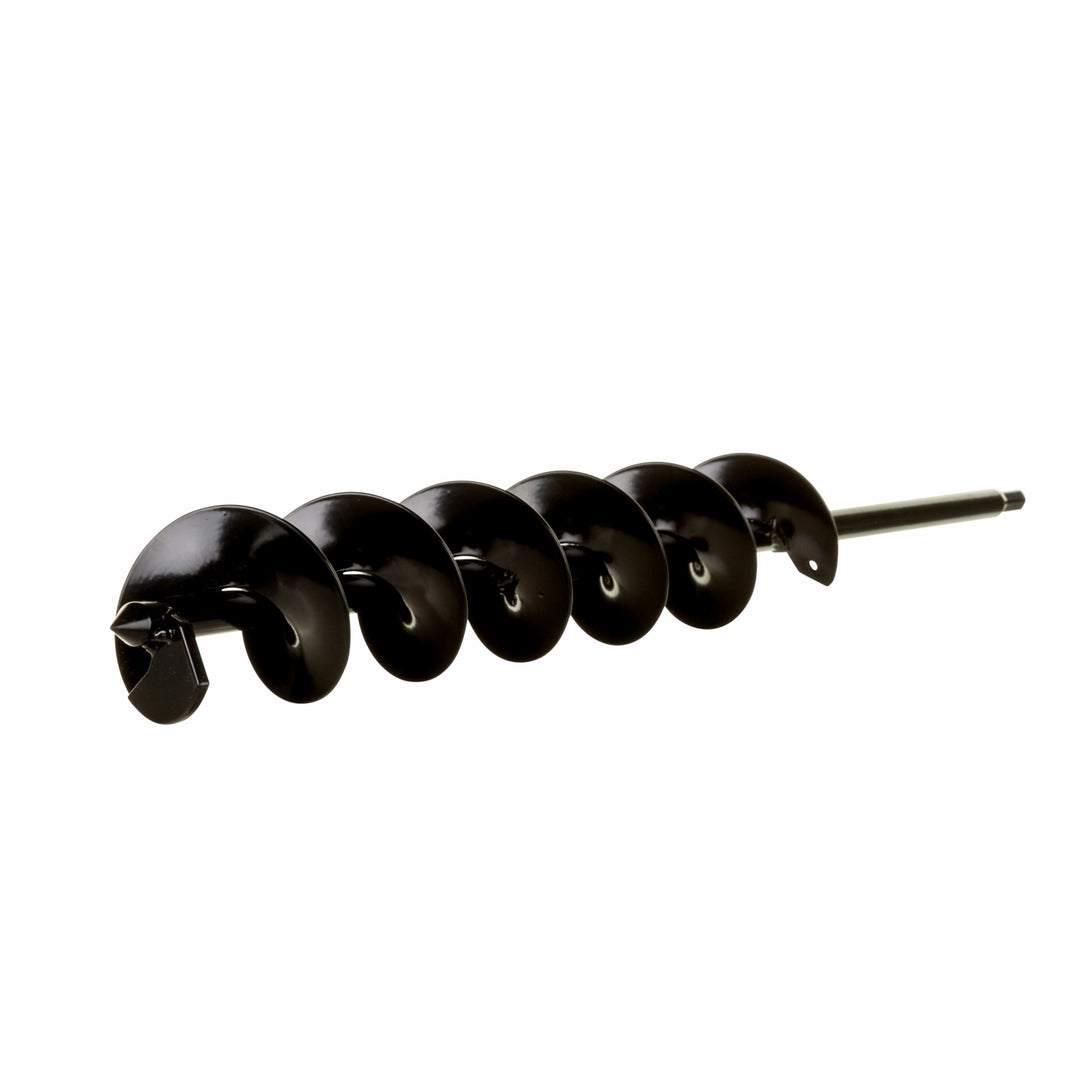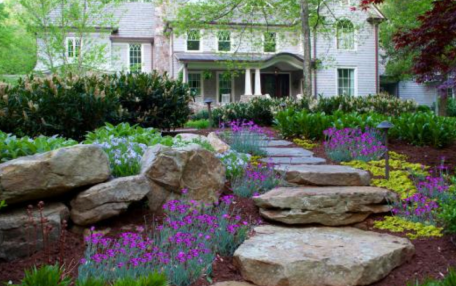Southern Charm: Ornamental Cherry Trees for the Southern Landscape
Ornamental cherry trees are a beloved feature in many southern gardens, offering a spectacular display of blooms that herald the arrival of spring. These trees are not only admired for their stunning floral show but also for their graceful forms and vibrant fall colors. Let's explore some of the best ornamental cherry trees suited for the warmth and charm of the southern states.
The Best Ornamental Cherry Trees for Southern Gardens
- Prunus x incam 'Okame' (Okame Flowering Cherry): This hybrid is one of the first to bloom in spring, showcasing a profusion of rosy-pink flowers. It thrives in full sun to part shade and prefers rich, moist, well-drained soils. With a rounded crown and reddish-brown bark, 'Okame' adds year-round interest to any landscape.
- Prunus serrulata (Japanese Cherry): Known for its picturesque blossoms, the Japanese Cherry is a classic choice. It offers a range of colors from white to deep pink and has a lovely vase-shaped form. These trees do best in full sun and adapt to various soil types, making them versatile for southern gardens.
- Prunus x yedoensis (Yoshino Cherry): A Heat-tolerant hybrid that thrives in zones 7-9, famous for its clouds of pale pink blossoms.
- Prunus subhirtella 'Autumnalis' (Autumn Blooming Cherry): For those who desire a longer blooming period, this cherry tree provides delicate, blush-pink flowers in both spring and fall. It's an excellent choice for adding a touch of soft color to the garden during cooler months.
- Prunus 'Snow Fountains' (Snow Fountain Weeping Cherry): Adapts well to Southern temperatures, bringing an elegant char with its weeping habit and cascading white blossoms

Caring for Your Ornamental Cherry Trees
- Planting Location: Choose a spot with full sun to ensure the most abundant blooms. Provide protection from the hot afternoon sun in the southernmost regions to prevent leaf scorch.
- Soil Requirements: Ornamental cherries prefer well-drained soil. Amend heavy clay soils to improve drainage or consider raised beds if necessary.
- Watering: Regular watering is crucial during the first few years to establish a strong root system. Once established, they are relatively drought-tolerant but will benefit from occasional deep watering during dry spells.
- Pruning: Prune to shape and remove any dead or diseased wood. It's best to prune just after flowering to avoid cutting off next year's buds.
- Pest and Disease Management: Keep an eye out for common issues such as aphids, scale, borers, and spider mites. Diseases like leaf spot, dieback, and powdery mildew can also occur. Maintain good air circulation and practice proper sanitation to minimize problems.

Landscape Uses and Companions
Ornamental cherry trees are versatile in the landscape. Use them as:
- Specimen Trees: Their showy nature makes them perfect as focal points in the garden.
- Along Driveways or Walkways: Create a stunning springtime tunnel with a row of cherry trees.
- Near Patios or Outdoor Living Areas: Enjoy the spring display up close where you spend time relaxing outdoors.
Companion plants for ornamental cherry trees include:
- Spring Bulbs: Plant daffodils or tulips at the base for a layered bloom effect.
- Evergreen Shrubs: Pair with boxwoods or hollies for a contrast in texture and year-round structure.
- Perennials: Complement with perennials like peonies or irises that will continue the color show after the cherry blossoms fade.
Ornamental cherry trees are a delightful addition to any southern garden, offering beauty and elegance throughout the seasons. With the right care and companions, they can be a centerpiece in your landscape for many years to come.
